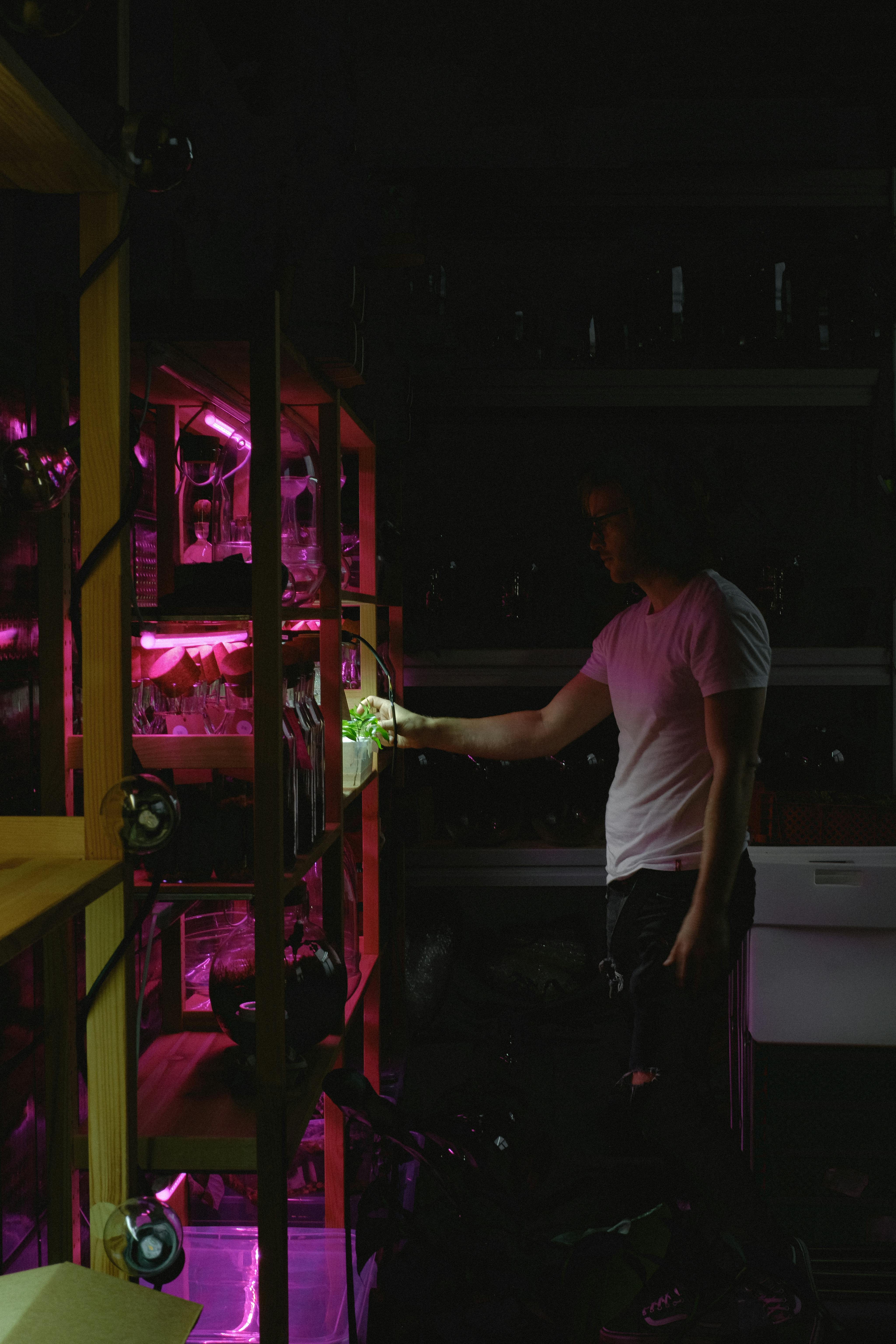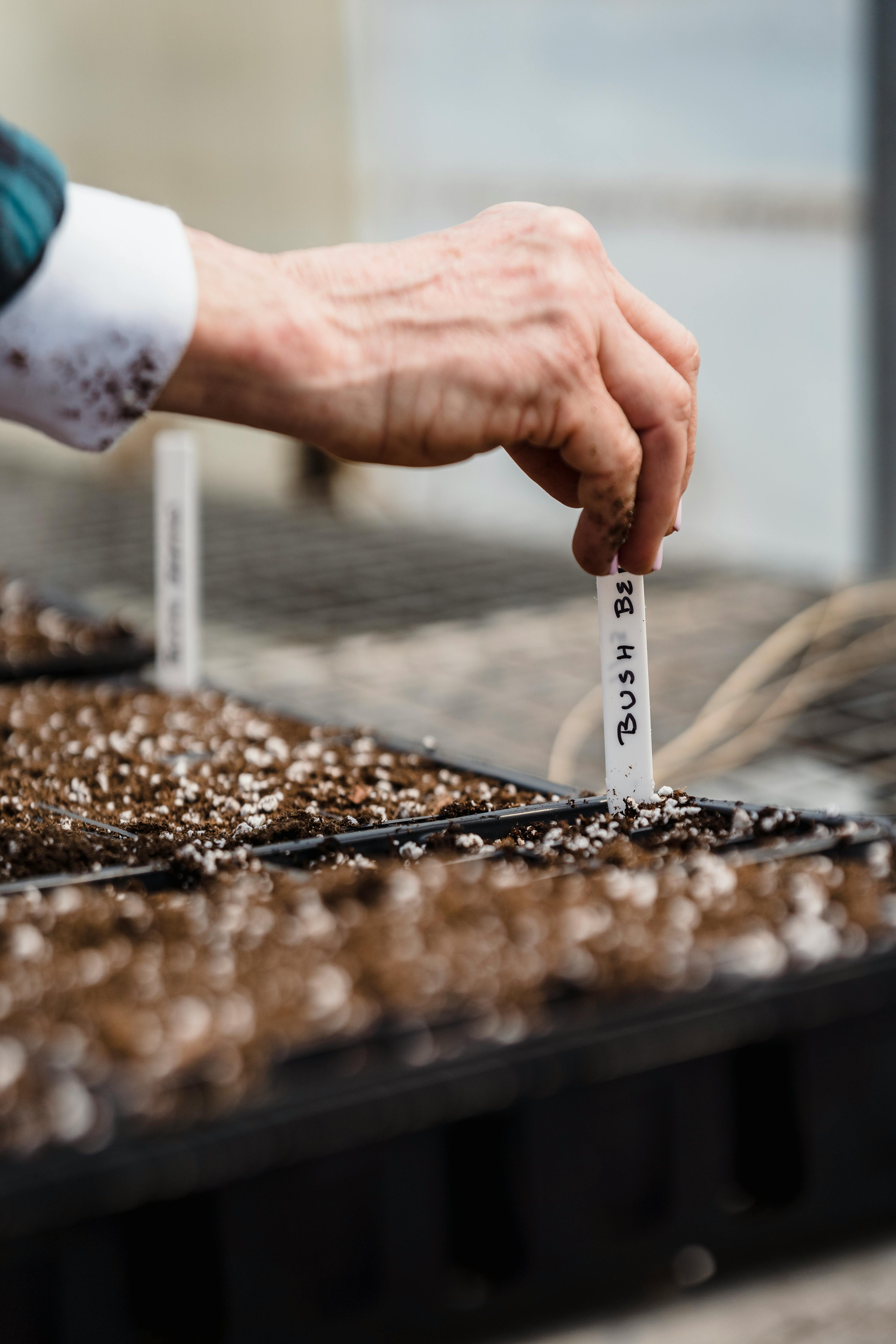Indoor plantation: The complete guide to starting, equipping, and controlling your indoor grow
Leave a Comment
Leave a Reply
Please login to post a comment.
Yes, we all know what an indoor plantation is... It's a controlled indoor cultivation system that allows you to optimize every stage of plant development, from germination to harvest, without relying on the weather.
But... where do you start with an indoor grow? What do you actually need for your indoor plantation?
To succeed in this type of cultivation, it's essential to have: the right knowledge, proper equipment, and a well-structured plan. In this guide, we’ll explain how to take the first steps, which indoor cultivation tools are essential, and what to keep in mind to keep your grow fully under control.
Getting started with indoor growing isn’t as complicated as it may seem. With a solid foundation, any hobbyist or professional can achieve great results.
1. Choose the right space: It could be a room, a grow cabinet, or a grow box. What matters most is being able to control light, temperature, and ventilation.
2. Set up the environment: Install a tent or reflective plastics to optimize light use. Choose a space free from external light to avoid disturbing your plants’ cycles.
3. Pick the ideal substrate: Choosing the right plant substrate is key. Coco coir, peat, light soil, or mixes with perlite are great for indoor setups. Make sure the medium has good drainage and aeration.
4. Plan your lighting system: HPS or LED lights for growing are the most commonly used. Each has its advantages during different growth stages.
5. Design your watering and feeding plan: Controlling nutrients and pH is crucial. You can water manually or use an automated irrigation system, but always measure and adjust according to the plant’s needs. Don’t forget pH and EC meters!
Step 1: Check. Now for Step 2… What do you need?
- Grow Tents/In-Greenhouses: Choose a quality indoor greenhouse to isolate the environment and maintain microclimate control.
- LED or HPS Lighting: Not only should you have LED systems, but also 600W ballasts, grow lamps, and grow bulbs.
- Ventilation Systems: From grow extractors to anti-odor filters, fans for grow room, and even indoor air conditioners to refresh the space and avoid pests or fungi.
- Pots and Trays: A good indoor grow setup needs proper growing pots and grow trays to manage excess water.
- Quality Substrates: Products like Coco All Mix 50L with perlite or Plagron Grow Mix 50L provide a nutrient-rich base.

|
Product |
Type |
Ideal For |
Key Features |
Available At |
|
Ventilation |
Air circulation in medium-sized spaces |
40W, oscillating, quiet, 3 adjustable speeds |
GrowShop LowCost |
|
|
Ventilation |
Small spaces or targeted areas |
75W, 3 in 1 Floor, Wall and floor, compact design |
GrowShop LowCost |
|
|
Greenhouse |
Growing different stages simultaneously |
Two separate areas, versatile structure, easy setup |
GrowShop LowCost |
|
|
Greenhouse |
Large-scale cultivation |
Controlled climate, robust structure, easy access |
GrowShop LowCost |
|
|
LED Lighting |
Demanding and high-yield grows |
1000W, adjustable reflector, high light penetration |
GrowShop LowCost |
|
|
LED Lighting |
Medium spaces |
500W, optimized spectrum, bulb not included |
GrowShop LowCost |

Step 3: Because it's not all about tools—there are a few key considerations:
1. Environmental Control: Use thermohygrometers to keep temps between 20–28°C and humidity appropriate for each growth stage.
2. Light Cycles: Set schedules with timers. For example, 18 hours of light during vegetative phase, 12 hours for flowering.
3. Constant Ventilation: Airflow prevents moisture buildup and strengthens plant stems.
4. Cleanliness & Order: A clean space reduces the risk of pests and diseases.
5. Monitoring & Logs: Record changes, nutrient doses, and observations. This will help optimize future grows and avoid mistakes.
Once your plantation is running, maintaining control over all parameters is key to plant health and productivity. Here are some tips:
- Monitor the pH of your water: Incorrect pH prevents nutrient absorption—even if they’re present. A pH meter is essential.
- Check substrate condition: Avoid waterlogging or excessive dryness. Coco-based substrates need constant, balanced hydration.
- Apply nutrients precisely: Use feeding charts and EC meters to avoid overfeeding.
- Inspect your electrical and lighting setup: Keep lights at the right distance to prevent burns.
- Control growth with pruning or supports: Especially in limited spaces, using plant supports and regular pruning is crucial.
It depends on the number of plants, but you can start with tents as small as 60x60 cm. Ideally, choose a closed, ventilated space with electrical access.
Full-spectrum LED lights are the most recommended today for their energy efficiency, low heat, and versatility throughout the entire cycle.
Overwatering or poor substrate choice
Poor ventilation or excessive heat
Not measuring water pH
Using the wrong light bulbs or leaving lights on 24/7
Yes, especially with coco coir. But you must wash it thoroughly, remove built-up salts, and add amendments if needed.
Starting an indoor plantation is a smart move if you're looking for quality, discretion, and full control over your environment. With the right knowledge and tools, you can take your grow to the next level—whether you're a hobbyist or a seasoned pro.
At GrowShop LowCost, we offer everything you need to set up your indoor growing space and achieve the best results from day one. If you need help or expert advice, feel free to reach out. We're here to help you grow successfully!
Please sign in first.
Sign in
Create a free account to save loved items.
Sign inCreate a free account to use wishlists.
Sign in